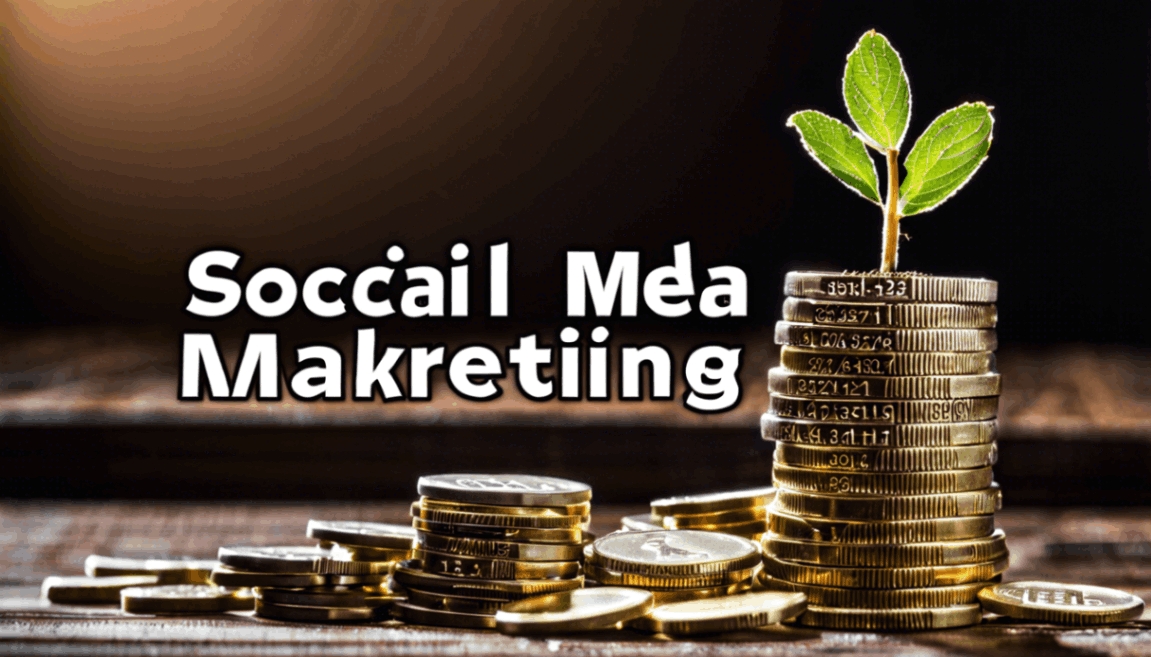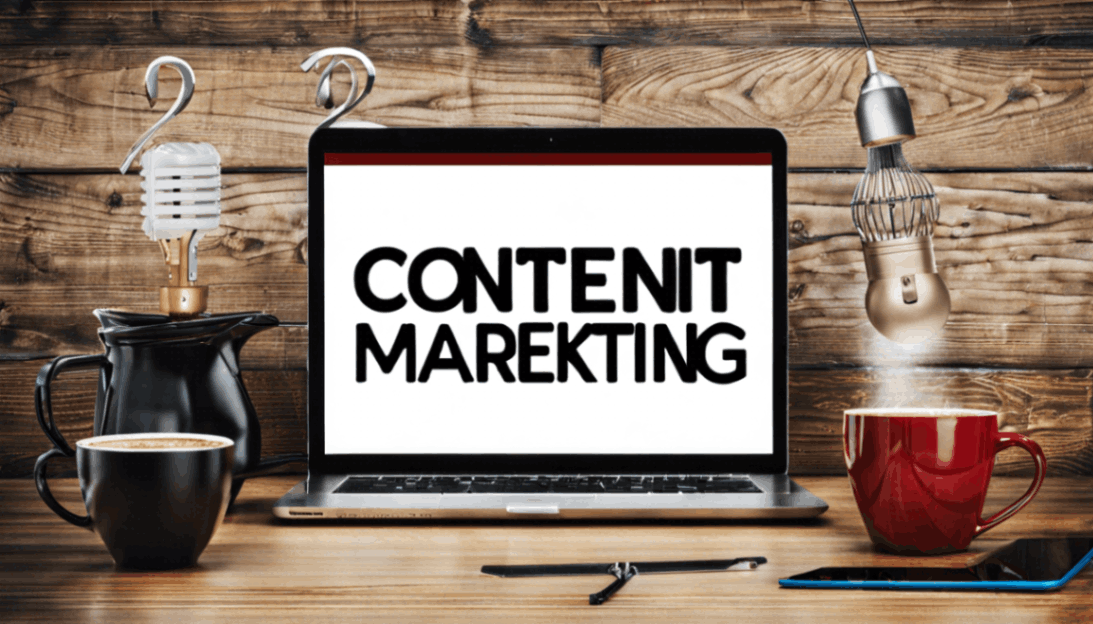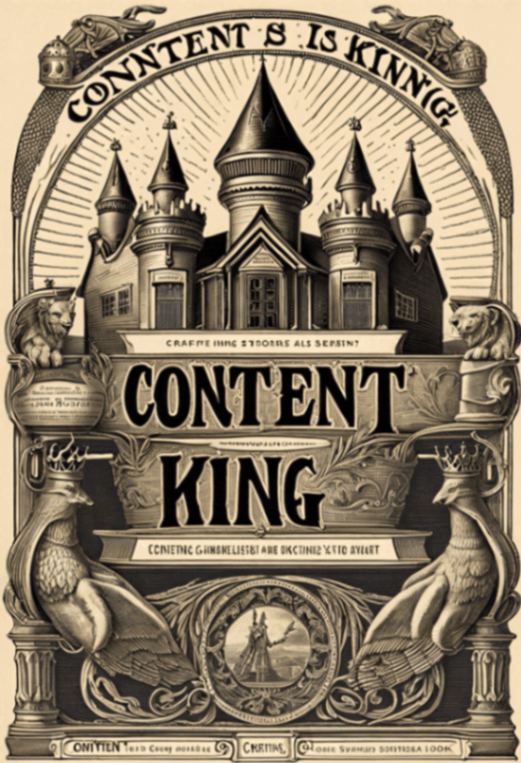

Paid advertising is a crit'cal component of online marketin'. Receive the scoop click now. It's not somethin' that can be overlooked or ignored. Without paid advertisin', it can be difficult to reach potential customers and drive traffic to your website. In today's competitive digital landscape, you need to stand out from the crowd, and paid advertisin' can help you do just that.
One of the key benefits of paid advertisin' is that it allows you to target specific audiences based on their demographics, interests, and behavior online. This means that you can reach people who are most likely to be interested in your products or services, increasin' the likelihood of conversion.
Paid advertisin' also provides instant results. Unlike organic methods like SEO which can take time to see results, paid advertisin' can generate traffic and leads quickly. This is especially important for businesses lookin' to boost sales or promote a new product or service.
Get access to more details check listed here.
Another advantage of paid advertisin' is the ability to track and measure performance. With tools like Google Analytics, you can see exactly how your ads are performin', what keywords are drivin' traffic, and how much return on investment you're gettin'.
In conclusion, paid advertisin' is an essential tool for any business lookin' to succeed in online marketin'. By targetin' specific audiences, generatin' quick results, and trackin' performance, paid advertisin' can help you achieve your marketin' goals and grow your business online.
Paid advertising can be a great way to reach potential customers and increase brand awareness. There are many different types of paid advertising methods available, each with its own advantages and disadvantages.
One popular method is pay-per-click (PPC) advertising, where advertisers pay a fee each time their ad is clicked on. This can be an effective way to drive traffic to your website, but it can also be costly if not managed properly.
Another common method is display advertising, where ads are placed on websites or social media platforms. While this can help increase visibility, it may not always result in high conversion rates.
Get the scoop check below.
Social media advertising is also gaining popularity, with platforms like Facebook and Instagram offering targeted advertising options. While this can be a great way to reach a specific audience, it may not always lead to immediate sales.
Lastly, influencer marketing has become increasingly popular, where brands partner with influencers to promote their products or services. This can be a more authentic way to reach consumers, but it may not always guarantee results.
In conclusion, there are many different types of paid advertising methods available for businesses looking to increase their online presence. It's important to carefully consider the pros and cons of each method before deciding which one is right for your business.
The initial picture ever before taken was by Joseph Nicéphore Niépce in 1826 or 1827, and it's called "View from the Window at Le Gras," calling for an eight-hour exposure.
The term "megapixel" was first utilized in 1984, describing the variety of pixels in an photo, which is essential for determining photo high quality.
The very first electronic video camera was developed by Eastman Kodak designer Steven Sasson in 1975, evaluating 8 pounds (3.6 kg) and tape-recording black and white images to a cassette tape.
Ansel Adams, well-known for his black and white landscapes, made use of a technique called the " Area System" to figure out ideal film direct exposure and readjust the contrast of the final print.
Online marketing is all about measuring and tracking how well your campaigns are performing.. It's important to know what strategies are working and which ones aren't, so you can make adjustments and improve results.

Posted by on 2024-06-01
Implementing online marketing strategies can bring a lot of benefits to your business.. One major benefit is the adaptability and flexibility it offers in adjusting strategies for optimal results.

Posted by on 2024-06-01
Social media plays a crucial role in online marketing campaigns.. Without monitoring and analyzing data from social media, companies can't know how their campaigns are performing.

Posted by on 2024-06-01
Paid advertising can have many benefits for businesses. By investing in paid ads, companies can reach a larger audience and increase their brand awareness. This can lead to more website traffic, which may result in higher sales and revenue. Additionally, paid advertising allows businesses to target specific demographics and interests, making their marketing efforts more effective.
Furthermore, paid advertising can provide valuable data and insights that can help businesses make informed decisions about their marketing strategies. With the ability to track metrics such as click-through rates and conversion rates, companies can optimize their campaigns for better results.
However, paid advertising is not without its drawbacks. It can be costly, especially for small businesses with limited budgets. Additionally, there is no guarantee of success with paid ads - they may not always generate the desired outcomes.
In conclusion, while there are some downsides to using paid advertising for businesses, the benefits outweigh the risks. With proper planning and execution, paid ads can be a powerful tool for driving growth and achieving business objectives. So next time you're considering your marketing strategy, don't overlook the potential of paid advertising!


When planning for a paid advertising campaign, there are several factors to consider in order to achieve success. One important factor is the target audience - it's crucial to know who you're trying to reach and what appeals to them, so that your ads can be tailored accordingly. Another key aspect is budgeting - it's essential to set a realistic budget that allows for effective ad placements without overspending.
Furthermore, the choice of platform is also critical - different platforms have varying levels of effectiveness depending on your goals and target audience. It's important to research and choose the best platform for your specific needs.
In addition, tracking and analyzing data is crucial for optimizing your campaign - monitoring metrics such as click-through rates and conversion rates can help you make informed decisions about where to allocate resources. Finally, staying up-to-date with industry trends and adjusting your strategy accordingly can help ensure the success of your paid advertising efforts.
Overall, by considering these factors carefully and implementing a well-thought-out plan, you can increase the likelihood of achieving your advertising goals and reaching your target audience effectively.
When it comes to optimizing and measuring the success of paid advertising, there are some tips that can help you achieve your goals. First off, it's important not to just set it and forget it - you need to constantly monitor and adjust your campaigns based on performance data. Don't ignore the metrics! Instead, use them to make informed decisions about where to allocate your budget for maximum impact.
Another key tip is to test different ad creatives and targeting options. Don't stick with the same old thing - try new approaches and see what resonates best with your audience. And don't be afraid to experiment! It's all about finding what works best for your specific business and goals.
Measuring success is also crucial in paid advertising. Don't just look at surface-level metrics like clicks or impressions - dig deeper into conversion rates, ROI, and other key performance indicators. This will give you a more accurate picture of how well your campaigns are performing.
Overall, optimizing and measuring the success of paid advertising takes time, effort, and a willingness to try new things. But by following these tips and staying proactive in your approach, you can maximize the effectiveness of your campaigns and drive real results for your business.
When it comes to paid advertising, there are some common mistakes that you'll want to steer clear of. One biggie is not targeting your audience effectively - if you're not reaching the right people, your ads won't get the results you're looking for. Another no-no is not testing your ads before launching them. You gotta make sure they're working properly before spending all that money!
Oh, and don't forget about using too much text in your ads - people don't wanna read a novel just to figure out what you're selling. Keep it short and sweet! And lastly, be careful with your budgeting - overspending can quickly drain your funds without getting the return on investment you need.
So remember, avoid these common mistakes in paid advertising to ensure success for your campaigns. Happy advertising!